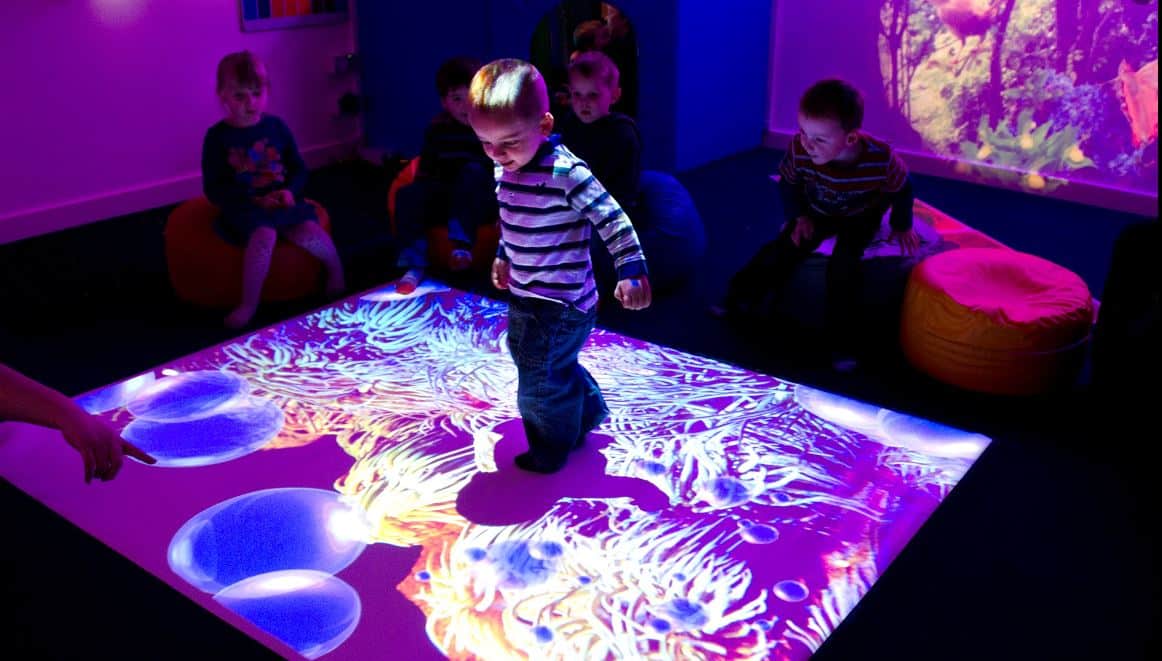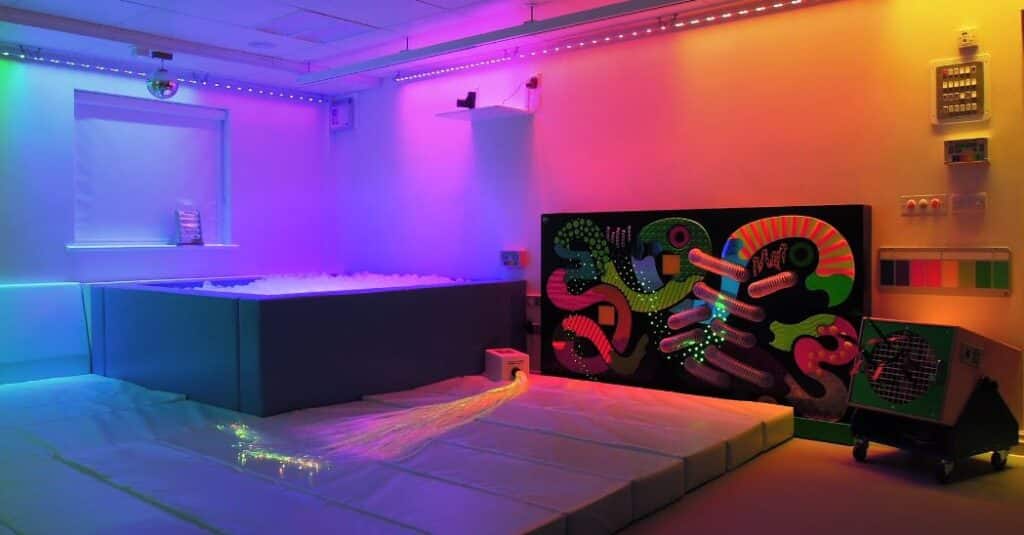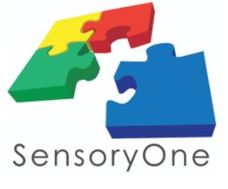
Understanding Sensory Integration
Sensory integration is the process by which our brains receive, organize, and interpret sensory information from our environment. This process helps us navigate the world around us, respond to stimuli, and perform daily activities. For most people, sensory integration happens automatically. However, for individuals with conditions like autism, ADHD, sensory processing disorder, dementia, or Parkinson’s, this process can be disrupted, leading to challenges in responding appropriately to sensory input.
At SensoryOne, we understand the complexities of neurodivergent persons and the benefits sensory rooms and equipment can on users. Contact us for a no-obligation consultation.
What Is Sensory Integration Dysfunction?
Sensory Integration Dysfunction (SID) or Sensory Processing Disorder (SPD) occurs when the brain has difficulty receiving and responding to sensory information. This can manifest as being overly sensitive (hypersensitivity) or under-sensitive (hyposensitivity) to various sensory inputs such as touch, sound, light, and movement. For example, a child with autism might find bright lights or loud sounds overwhelming, while a senior with dementia might struggle to process tactile sensations.
How Sensory Rooms Support Sensory Integration
A sensory room is a specially designed space equipped with a variety of sensory stimuli that help individuals process sensory information in a controlled environment. These rooms create a safe space where users can explore different sensory experiences, aiding in the development and integration of their sensory processing skills. By engaging with various elements like lights, sounds, textures, and movement, individuals can better manage sensory input and develop coping mechanisms.
Key Components of a Sensory Room

- Visual Stimulation:
- Bubble Tubes: Offer calming visual effects with moving bubbles and changing lights.
- Fiber Optic Lighting: Provides soft, colorful strands of light that users can touch and manipulate.
- Projectors: Display soothing images or patterns on walls to create a visually engaging environment.
- Auditory Stimulation:
- Music Players or Sound Machines: Play calming music or nature sounds to help regulate auditory input.
- Interactive Panels: Encourage users to engage with sounds by pressing buttons or activating switches.
- Tactile Stimulation:
- Textured Walls: Offer various surfaces to touch, providing tactile feedback and stimulation.
- Sensory Mats or Cushions: Allow individuals to experience different textures underfoot or while seated.
- Movement and Balance:
- Swings and Rocking Chairs: Help individuals experience gentle movement, aiding in vestibular stimulation.
- Balance Boards: Encourage movement and coordination, which is essential for sensory integration.
- Olfactory Stimulation:
- Aromatherapy Diffusers: Emit calming scents like lavender or eucalyptus to promote relaxation and sensory engagement.
- Proprioceptive Feedback:
- Weighted Blankets or Vests: Provide deep pressure input, which can be incredibly calming for individuals with sensory processing challenges.
The Science: How Sensory Rooms Benefit Different Populations
1. Sensory Rooms for Children with Autism and ADHD
Children with autism and ADHD often struggle with sensory processing, making it difficult for them to focus, self-regulate, or engage in everyday activities. Sensory rooms provide a controlled environment where they can experience and respond to different sensory stimuli, helping them develop better sensory processing skills. Research has shown that sensory rooms can help reduce anxiety, improve focus, and encourage social interaction for children with these conditions.
Key Benefits:
- Improved concentration and attention span
- Reduced anxiety and stress levels
- Enhanced communication and social skills
2. Sensory Rooms for Seniors with Dementia and Parkinson’s
Seniors with dementia or Parkinson’s often experience sensory processing difficulties, leading to confusion, agitation, or a decline in cognitive abilities. Sensory rooms offer a therapeutic environment that stimulates their senses, helping to improve mood, reduce agitation, and enhance cognitive function. The gentle stimulation provided by lights, sounds, and tactile experiences can trigger memories, provide comfort, and promote relaxation.
Key Benefits:
- Reduced agitation and anxiety
- Increased alertness and engagement
- Improved mood and cognitive stimulation
3. Sensory Rooms in Long-Term Care Facilities
For seniors in long-term care facilities, sensory rooms provide much-needed mental and physical stimulation. These spaces can serve as a sanctuary, offering relief from the monotony of daily routines and providing an opportunity for residents to explore, engage, and connect with their surroundings. By incorporating sensory room activities, caregivers can create a more enriching and enjoyable environment for residents, leading to improved overall well-being.
Key Benefits:
- Increased engagement and activity levels
- Enhanced social interactions with caregivers and peers
- Greater sense of relaxation and calmness
Why Sensory Integration Matters
Sensory integration is crucial for individuals to function effectively in their daily lives. When sensory processing challenges are addressed through sensory room activities, individuals can better manage their responses to sensory stimuli. This improvement leads to enhanced motor skills, better emotional regulation, and increased confidence. Sensory rooms are not just a therapeutic tool—they’re a bridge to helping individuals with sensory challenges experience the world in a more positive and manageable way.
How SensoryOne Can Help
At SensoryOne, we specialize in designing sensory rooms tailored to meet the needs of different populations, from children with autism and ADHD to seniors with dementia and Parkinson’s. Our expert team understands the science behind sensory integration and is dedicated to creating environments that promote sensory development, relaxation, and engagement. Whether you’re looking to create a sensory room in a long term care home, school, healthcare facility, or at home, we have the equipment, expertise, and passion to make it happen.
Realize the Transformative Power of Sensory Rooms
Sensory rooms are more than just a collection of lights, sounds, and textures—they’re a lifeline for individuals struggling with sensory processing challenges. By providing a safe and stimulating environment, sensory rooms can make a profound difference in the lives of children, adults, and seniors, helping them navigate the world around them with confidence and ease. If you’re ready to explore the benefits of sensory integration, consider investing in a sensory room designed to transform lives.



